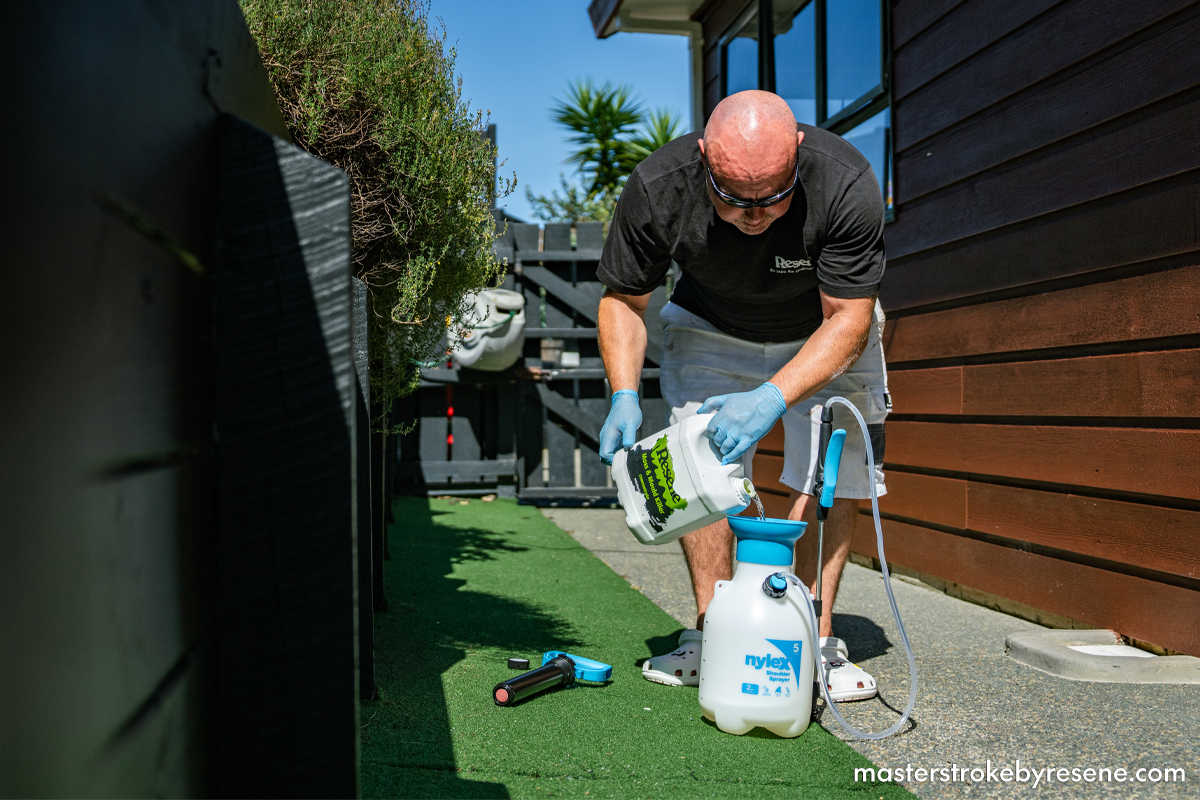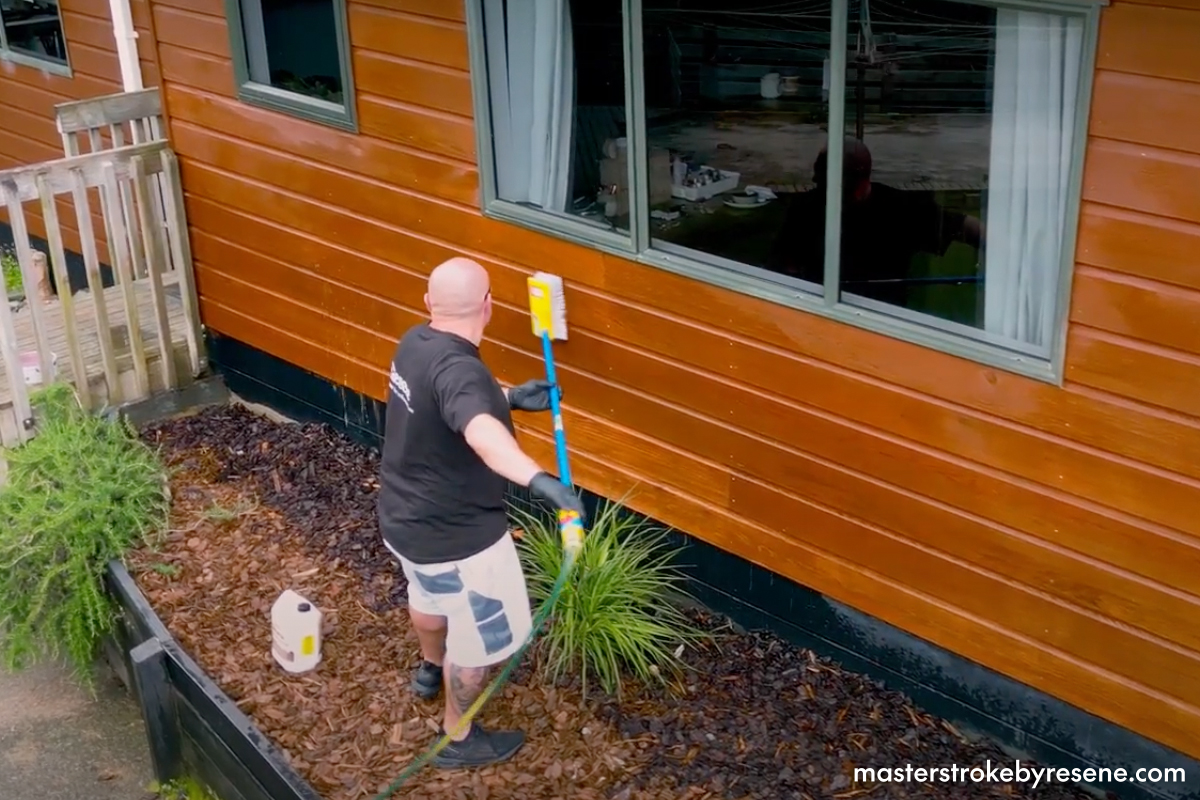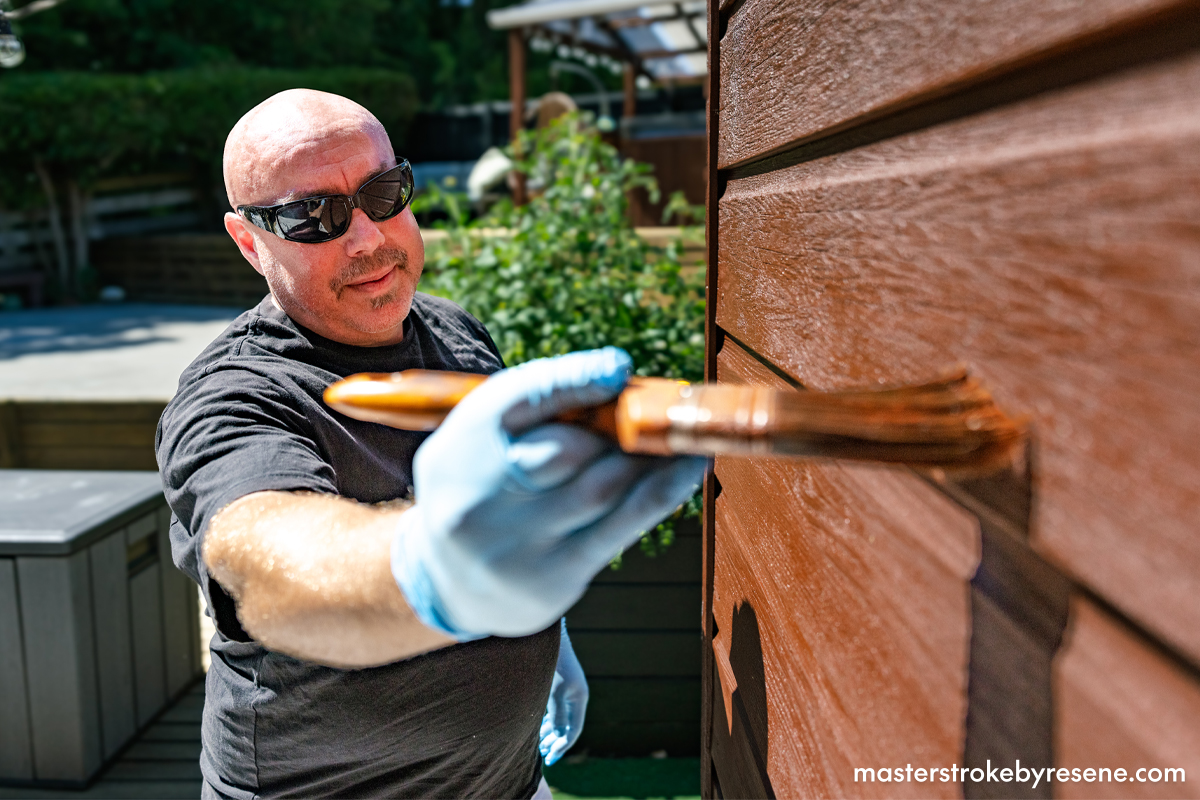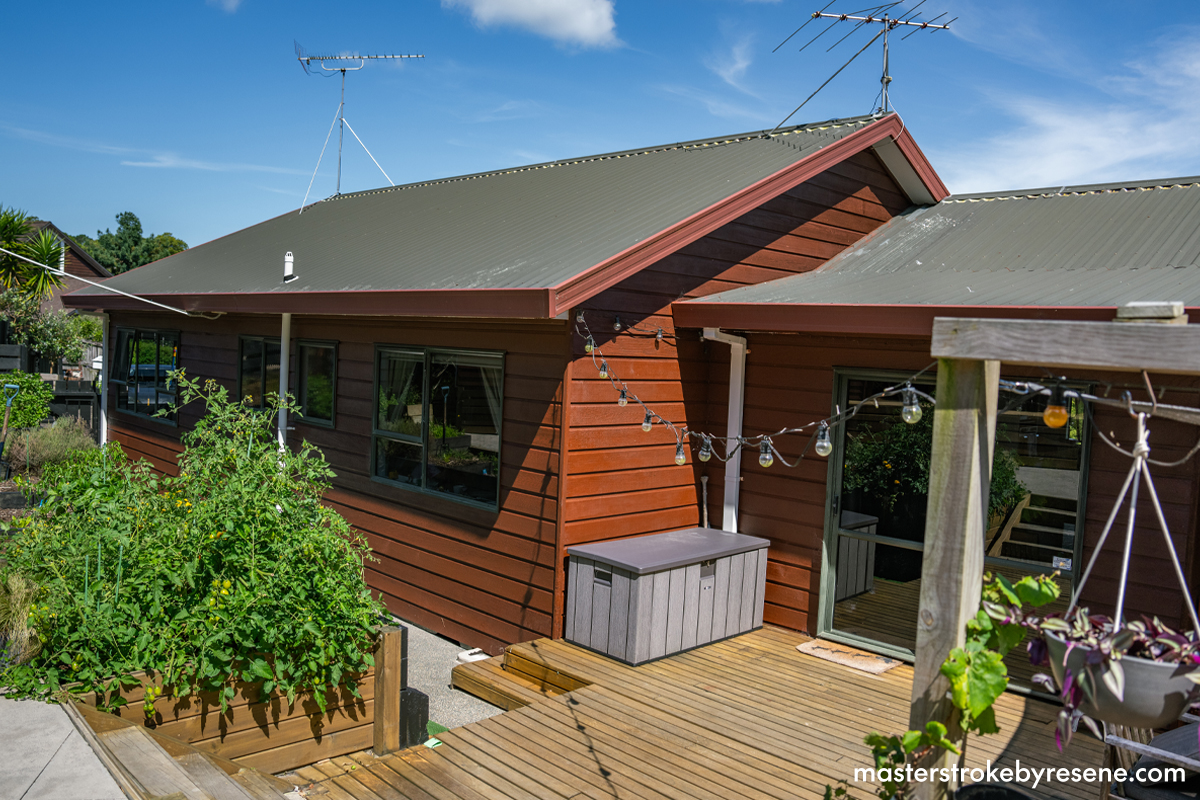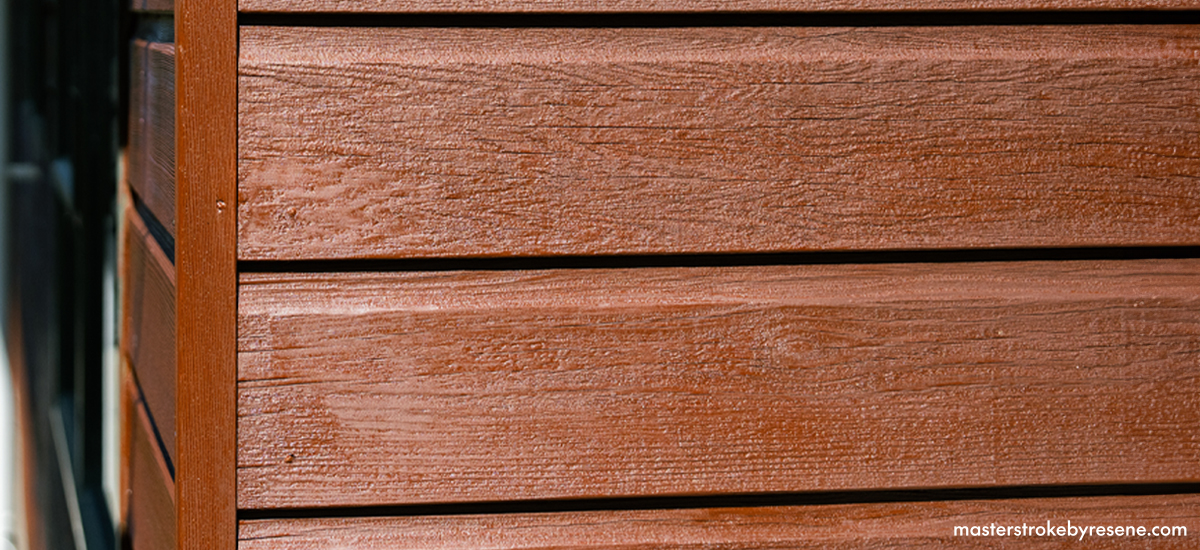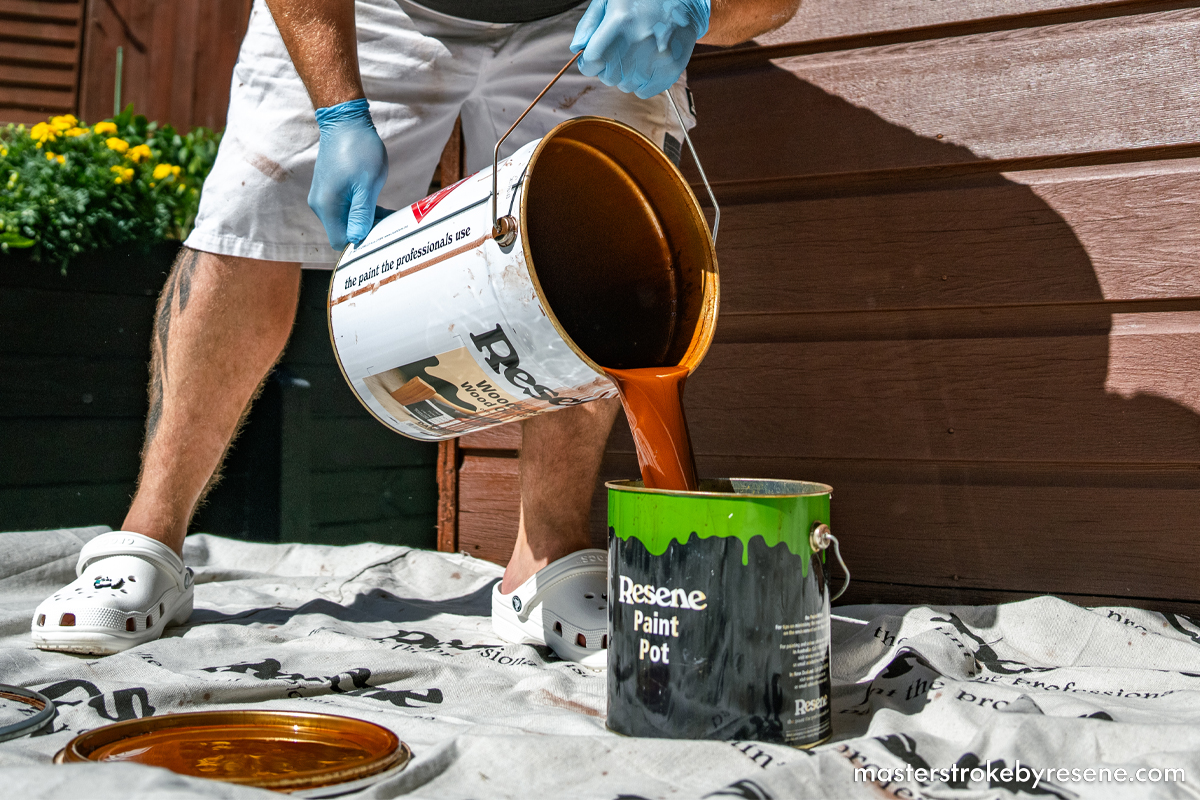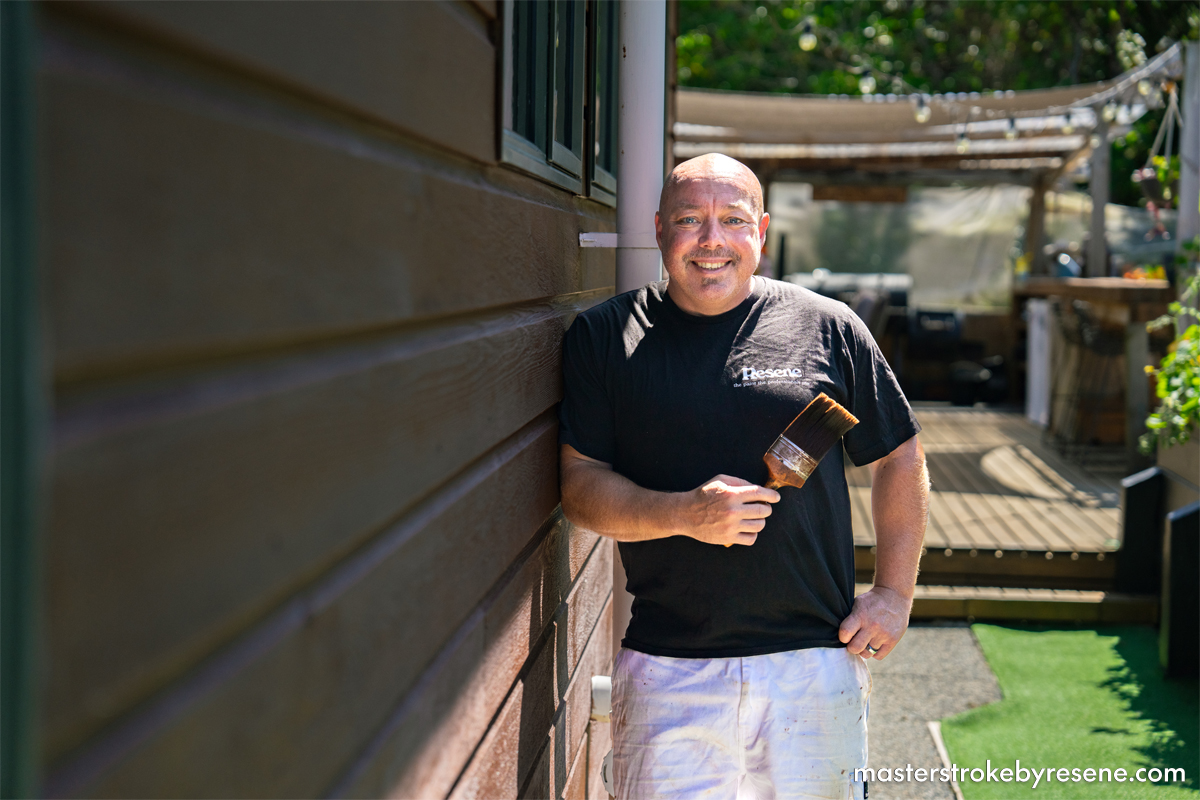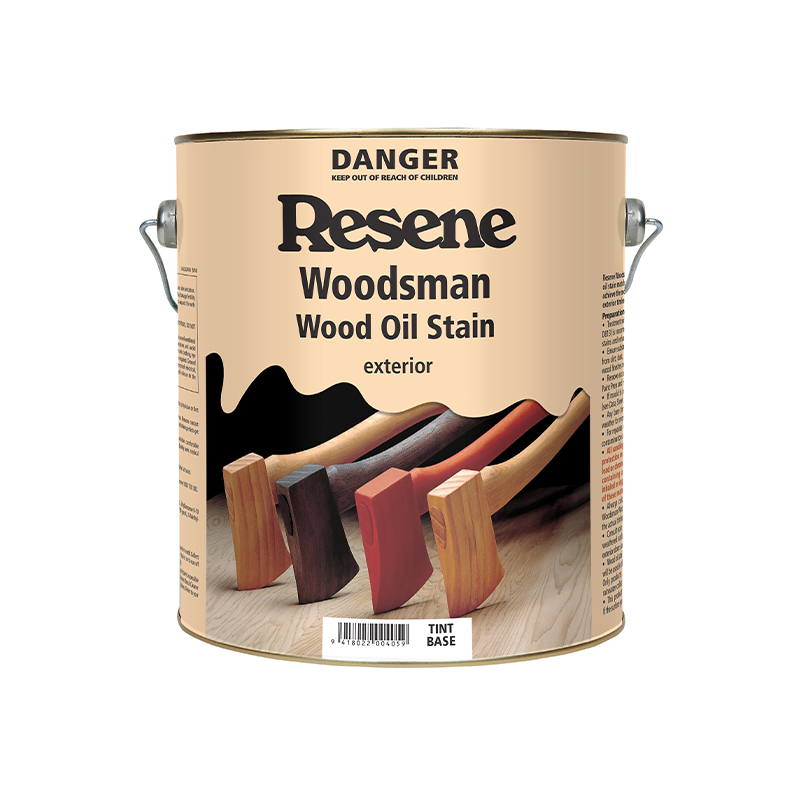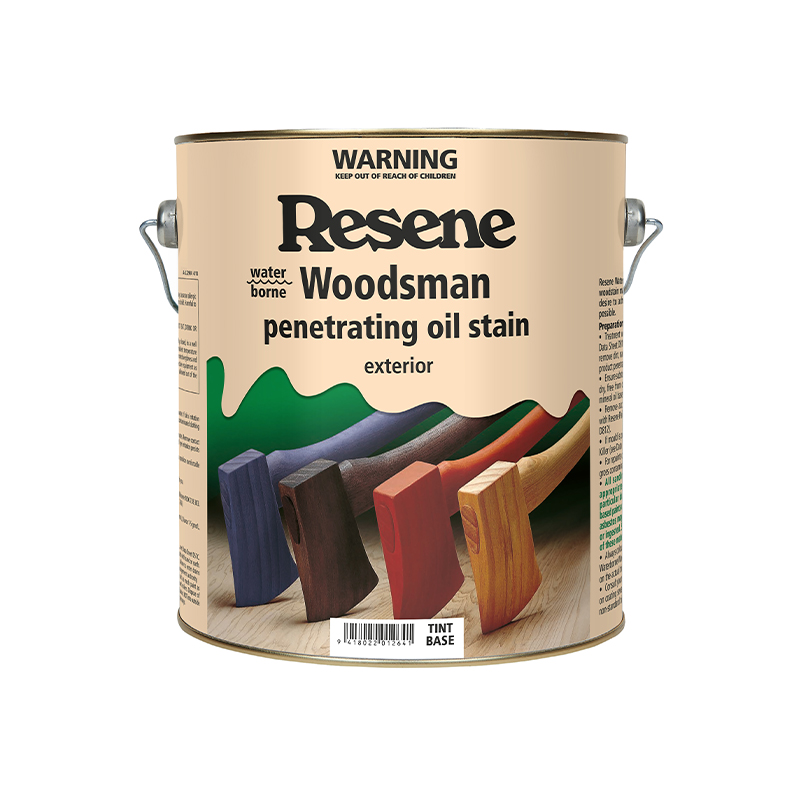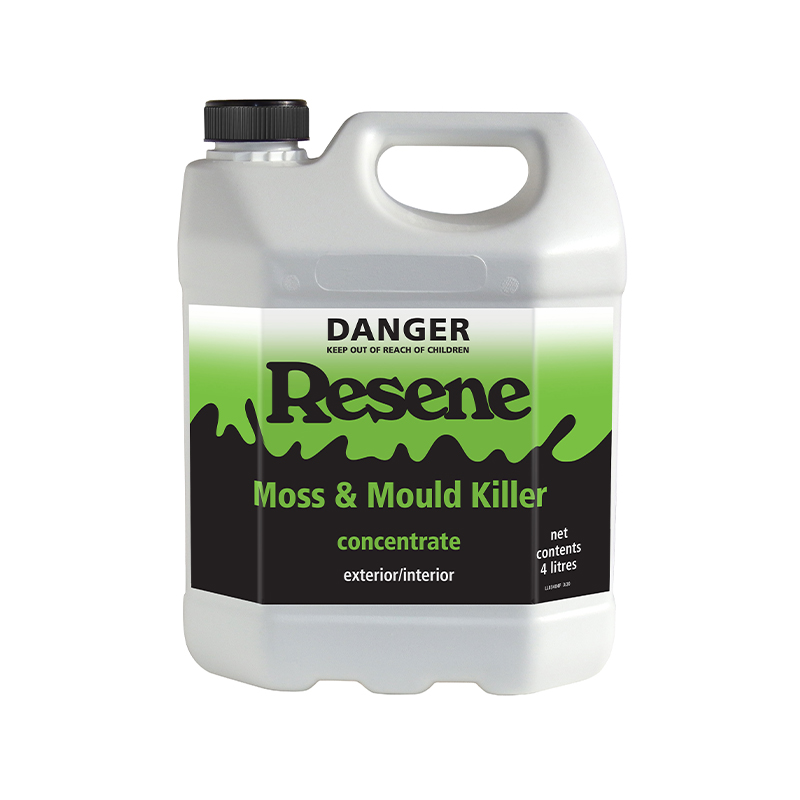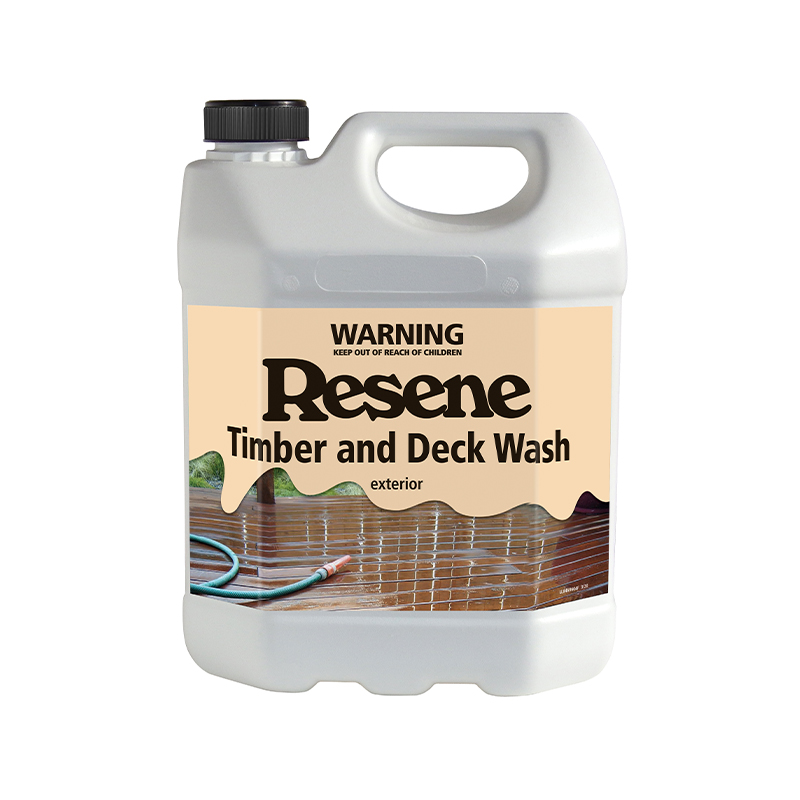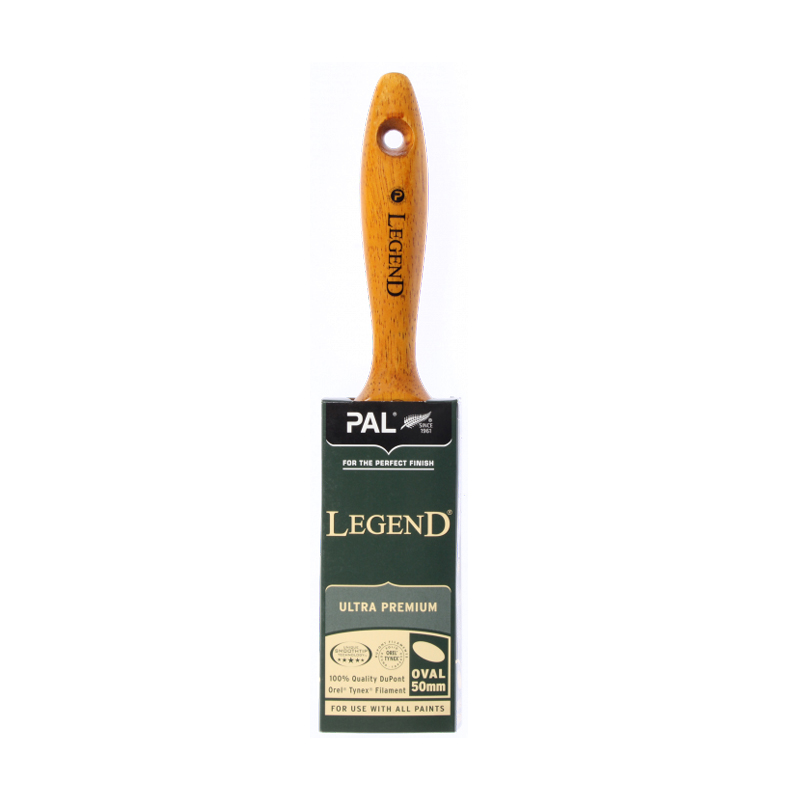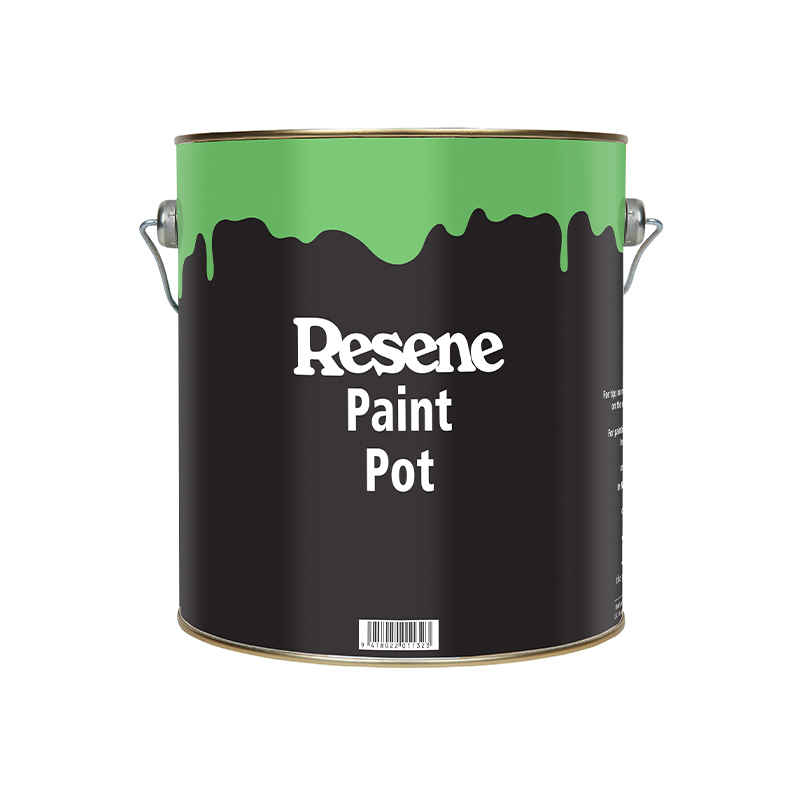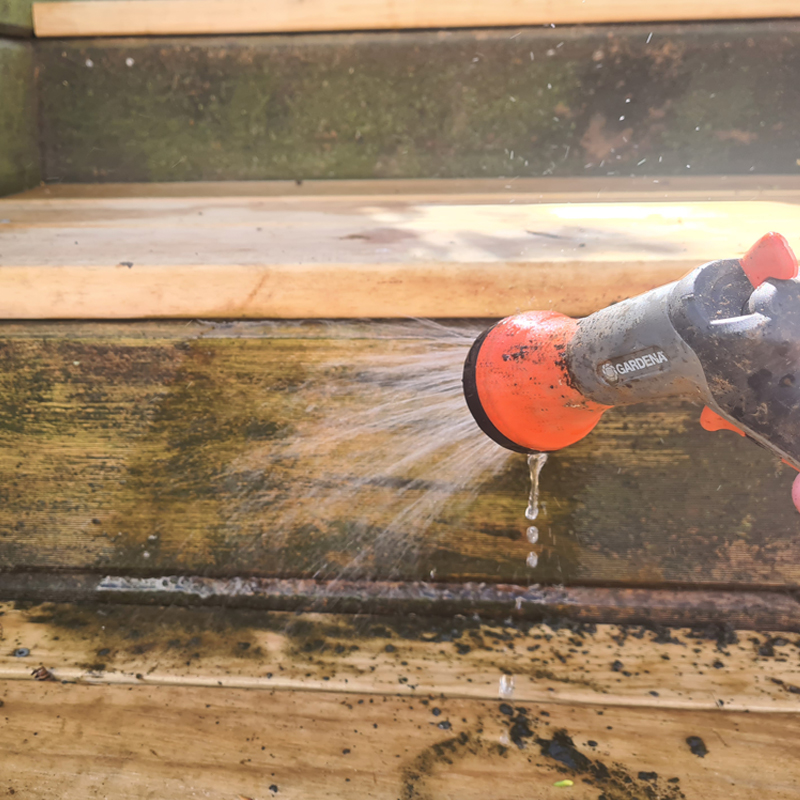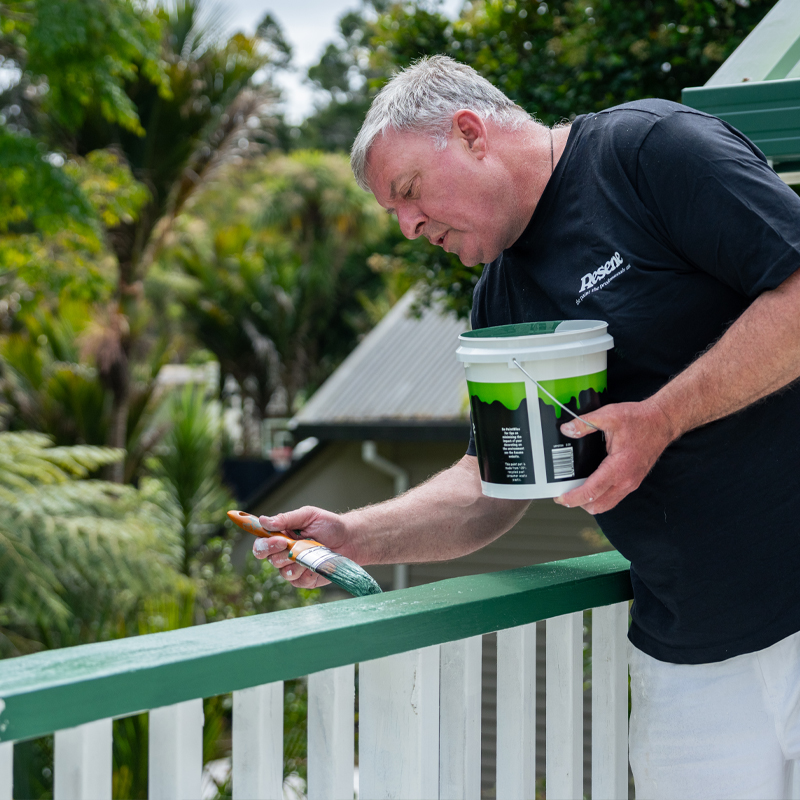There are many cedar homes around – the rustic richness of the timber not only looks great, but it’s durable, sustainable, resistant to insects and rot, and a great thermal and acoustic insulator. As with any exterior cladding, it does require regular maintenance to help it withstand the elements and ensure it remains looking its best.
In this Paint like a Pro video, Resene Paint Expert Jay Sharples shows exactly how he goes about cleaning and staining his single-storey cedar house. He also provides valuable advice, tips and Resene product information along the way. Jay re–stains his home every couple of years to keep the boards in good condition. It’s important to keep this in mind, says Jay, “as stains need to be recoated more regularly than paint.”
“Resene Woodsman Wood Oil Stain and Resene Waterborne Woodsman require maintenance after two summers. Depending on the location and environment, this could mean only having to apply one coat,” Jay explains. “Leaving it longer than this can mean having to do multiple coats and the timber potentially being left unprotected. Some stains require annual or even bi-annual maintenance, while other stains can be left longer.” Generally the most exposed side of your home will need re-staining faster, especially in coastal areas.
Whichever stain you are using, Jay advises to “do your research, check the re–staining recommendations and then make a maintenance plan for the future.”
If you also have a cedar home that needs a little TLC, follow along with these simple step-by-step instructions on how to wash and re–stain it. These same steps will apply to other timber stained homes too.

